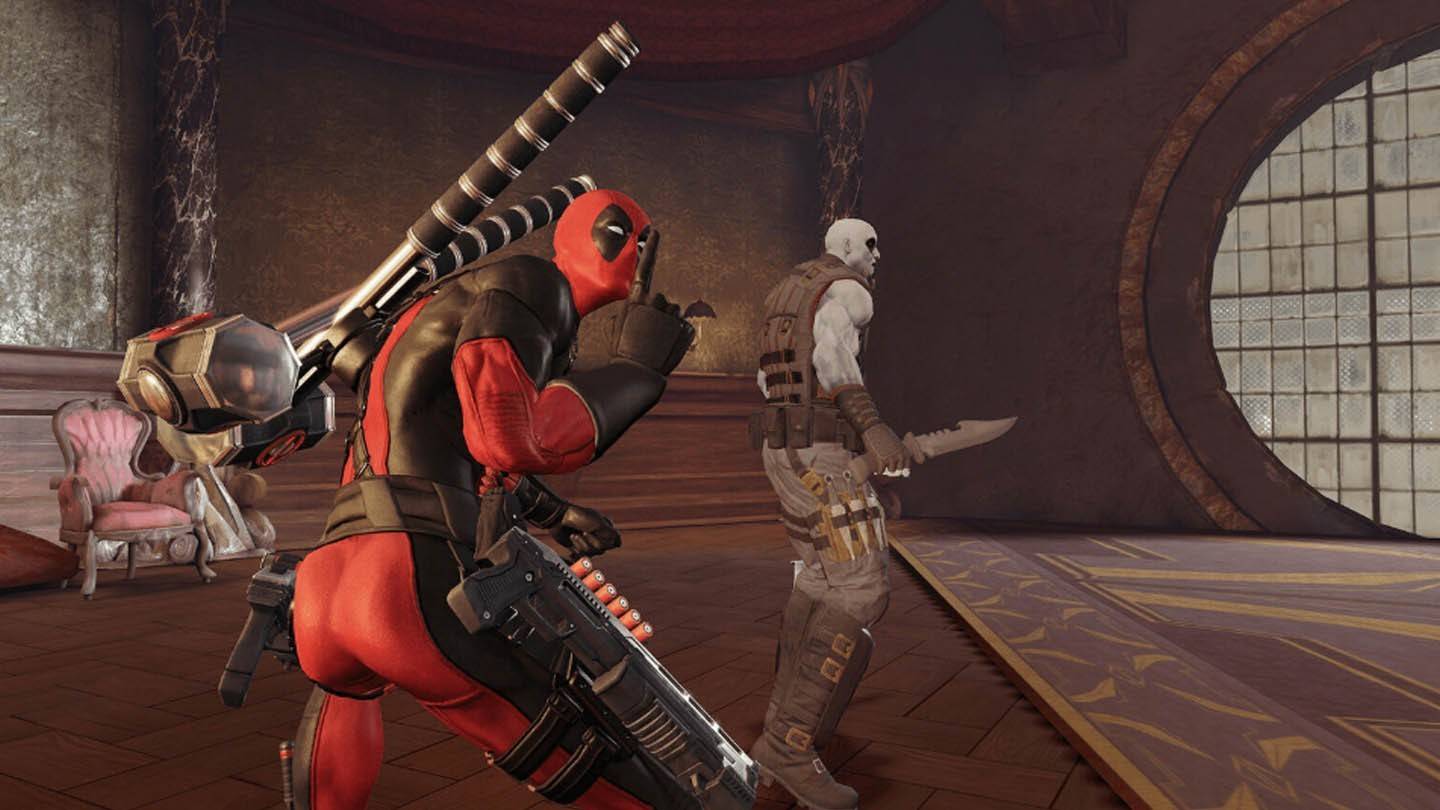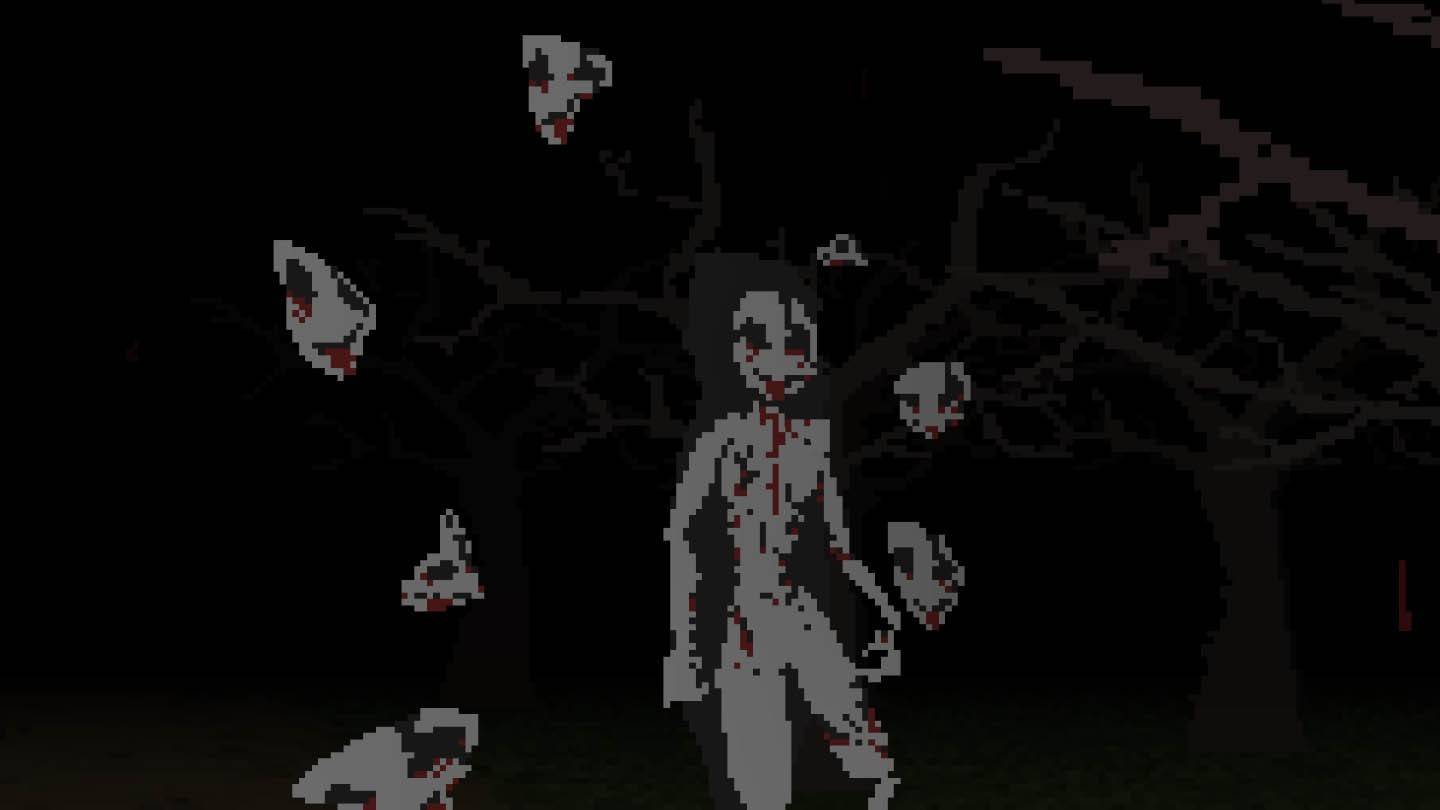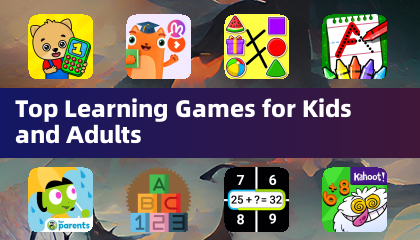Exploring Meta-Horror Games' Unique Appeal
As the gaming industry progresses, particularly within horror games, developers and players frequently ponder how titles manage to build tension and fear. With each passing year, conventional mechanics become predictable, and a game's lasting impact hinges largely on its design, storytelling, and narrative depth. Occasionally, extraordinary experiences emerge, though these remain rare exceptions. Today, I'd like to highlight precisely these standout titles.
Rather than coining new terminology, we'll use the established concept of "meta-horror" to describe this distinct horror subgenre. The hallmark of meta-horror is its intentional breaking of the fourth wall - games that interact not just with their internal characters and world, but directly with you, the player. This technique, when skillfully implemented, transforms gameplay into something truly remarkable. If you've experienced any of the titles we'll discuss, you've likely encountered that unforgettable mix of fascination and shock.
The groundbreaking example of fourth-wall breaking remains Psycho Mantis from Metal Gear Solid. In one memorable sequence, this boss literally demands you set down your controller. While this might seem tame today, it was revolutionary when released in 1998. Hideo Kojima pushed boundaries further by utilizing the DualShock controller's unique features - the boss manipulates your input device, guesses your gaming preferences, and creates pressure unlike anything players had experienced.
Since then, this technique has appeared in various forms across titles like Deadpool, Detroit: Become Human, and Nier Automata. Yet beyond direct player engagement, many implementations feel superficial. Unless integrated thoughtfully, breaking the fourth wall remains merely an entertaining novelty.

Among recent releases, Miside incorporates "meta-horror elements" but ultimately falls short of fully realizing the concept's potential, primarily limiting itself to surface-level player interactions. Its nested "game within a game" structure adds complexity that perhaps warrants separate discussion.
Having established these fundamentals, let's examine several definitive meta-horror experiences.
Table of Content
- Doki Doki Literature Club!
- OneShot
- IMSCARED
- Conclusion
Doki Doki Literature Club!

This 2017 visual novel initially presents as a charming dating simulator before revealing its true colors as psychological horror. Its meta elements extend far beyond simple fourth-wall breaks - the game accesses your OS username, generates unsettling files, and integrates these elements seamlessly into both narrative and gameplay mechanics.
What begins as a wholesome school club story featuring anime-style characters evolves into something much darker, attracting widespread attention from players and theorists alike. While not entirely unprecedented, DDLC revolutionized how meta techniques could enhance horror storytelling. Despite its age, the community eagerly anticipates further developments from the creators.
OneShot

Transitioning from visual novels, this RPG Maker creation pushes meta-horror boundaries further. Marketed primarily as adventure rather than horror, OneShot nevertheless delivers profound unease through its constant awareness of the player's presence. You guide a protagonist tasked with saving their world, but the game consistently acknowledges your existence.
It communicates through unexpected system notifications, generates puzzle-solving files, and alters window titles - all integral to gameplay. Compared to DDLC, OneShot implements these mechanics more pervasively, creating an experience best encountered firsthand rather than described.
IMSCARED

This represents the absolute pinnacle of meta-horror implementation. While drafting this article, IMSCARED immediately surfaced as the definitive example that overshadows all others.
Some mistakenly categorize such games as malware, which isn't entirely baseless - they access system directories, manipulate files, but reputable meta-horror titles pose no actual threat. Always exercise caution with unofficial downloads, however.

IMSCARED proactively addresses security concerns upon launch. What follows transcends conventional gaming experiences - the program presents itself not as software, but as a self-aware entity engaging you directly. This premise fuels the entire gameplay loop, manifesting through fake crashes, forced window minimization, cursor manipulation, and strategic file creation.
Originally released in 2012 with subsequent updates, IMSCARED remains terrifyingly effective even today. Expect frustration from its disruptive behaviors, but the resulting experience justifies every inconvenience. For me, this title embodies meta-horror perfection - unsettling not through traditional scares, but by violating our fundamental assumptions about software behavior.
Conclusion
While countless games employ meta techniques, few achieve the mastery of our highlighted examples. Meta-horror delivers utterly unique sensations worth experiencing firsthand. If visual novels don't appeal, prioritize OneShot or IMSCARED. Horror fans seeking unconventional challenges might also enjoy Voices of the Void's distinctive approach.




























